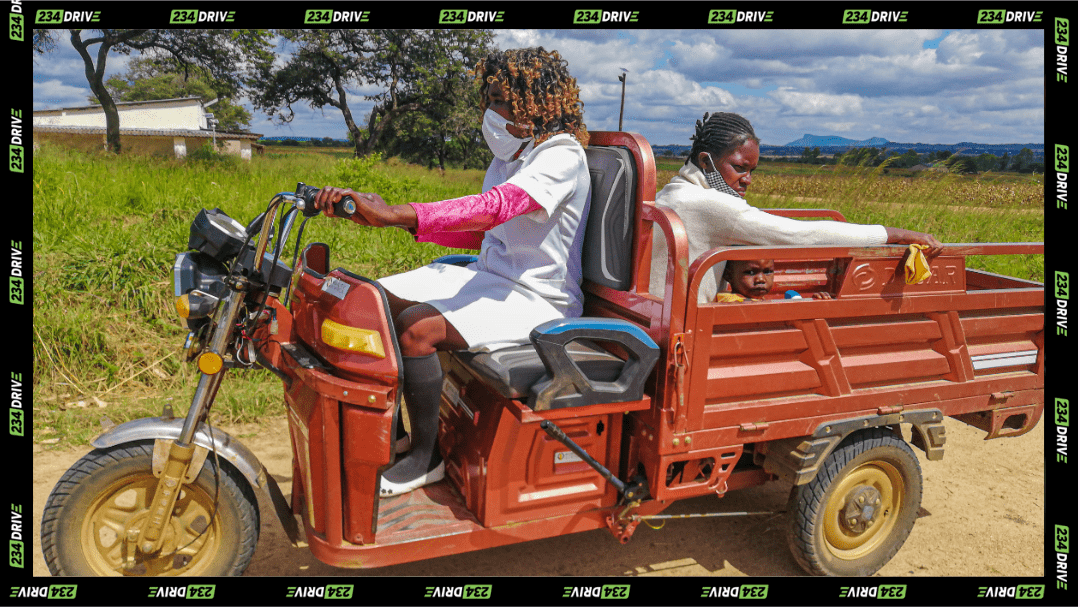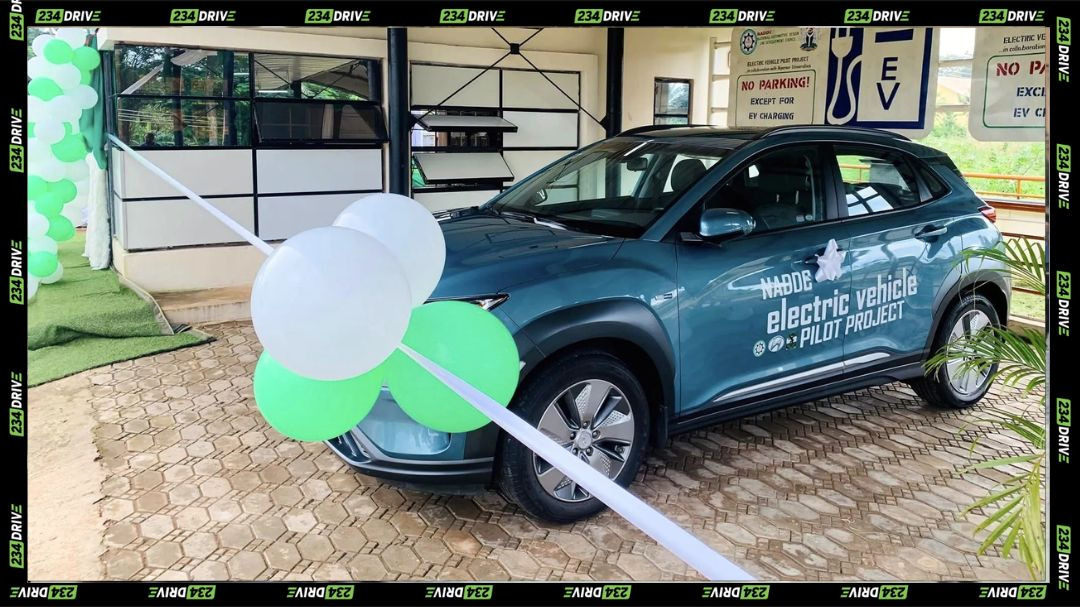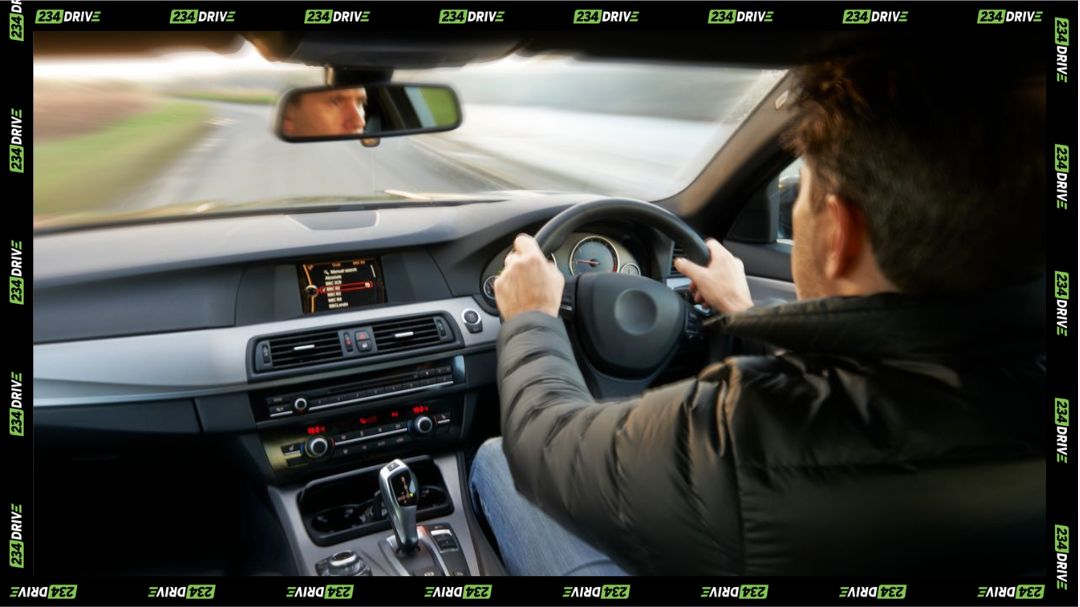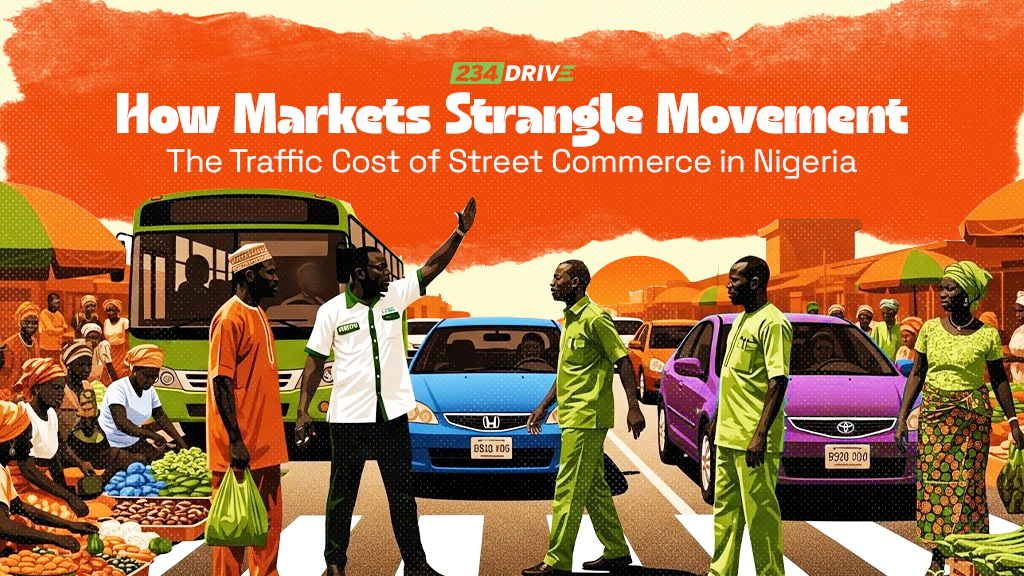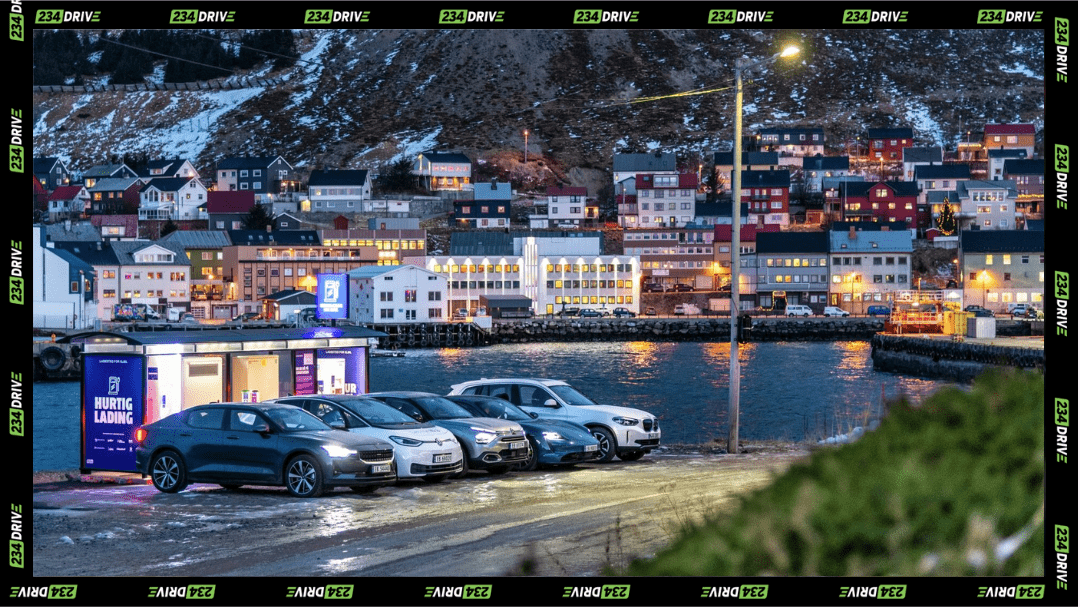Volkswagen Group Africa opened its Indaba at the Kariega plant with a clear message: billions are being invested to upgrade facilities and prepare a new wave of models for the continent. Volkswagen Group Africa used its annual Indaba, Volkswagen’s flagship stakeholder event, at the Kariega plant to do exactly that, previewing 2025 launches, celebrating record output, and confirming a new A0 SUV programme backed by a R4‑billion retooling—evidence that South Africa isn’t just an assembly outpost but a production hub with regional reach.
The core announcement was twofold: new sheet metal for South Africa in 2025 and a longer game for 2027 and beyond. Near‑term, Volkswagen confirmed the Polo Vivo Edition 15, the new Tayron seven‑seater, the updated Golf 8.5 (1.4 TSI), and a light‑delivery derivative dubbed Polo Vivo Xpress, plus commercial additions like the refreshed Crafter and the broadened Transporter range. Mid‑term, Kariega will build a locally adapted A0 SUV derived from the Tera developed in Brazil, with production slated to start in 2027 after this year’s four‑week shutdown to install new robotics and facilities. The numbers matter: Kariega produced a record 167,084 vehicles in 2024, with 131,485 Polos exported to 38 countries, reinforcing its role as the sole global producer of Polo from July 2024.
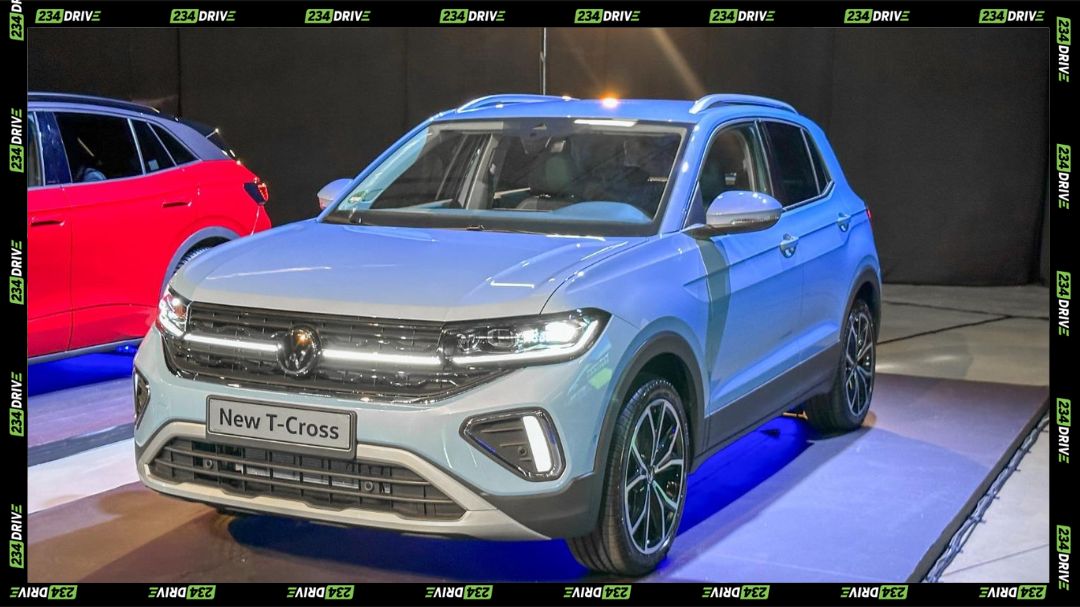
On products, the 2025 slate is tailored to South African demand curves. The Polo Vivo Edition 15, limited to 1,500 units, leans into the nameplate’s dominance with distinctive trims, colours, and detailing—an anniversary spec for the country’s best‑selling passenger car in 2023. The Tayron replaces Tiguan Allspace as the seven‑seat family hauler, offering a significant boot advantage and Volkswagen’s latest driver‑assistance and lighting tech. The Golf 8.5 brings a mainstream 1.4 TSI to showrooms, a pragmatic read of local fuel quality and ownership costs, while the Vivo Xpress targets small‑business utility with an affordable LDV proposition.
Roles are clear and complementary. Kariega remains the engineering and production anchor for Polo and will add the A0 SUV; component localisation deepens the supply chain with dashboards for Taigo and T‑Cross and seat frames for Amarok feeding export programmes. Volkswagen Group Africa orchestrates retail and brand expansion across the region—now including Ducati distribution from January 2025—while satellite operations in Ghana, Rwanda, Kenya and Nigeria assemble SKD/CKD kits sourced from South Africa.
Strategically, the pivot is explicit: safeguard ICE profitability in markets where it still commands the volume, while staging for an EV ramp when infrastructure and policy catch up. Europe’s 2035 ICE sunset and the likely European runout of Polo by 2029 push Volkswagen to fortify Africa, Southeast Asia and Latin America with proven MQB‑A0 hardware and locally relevant derivatives. The R4‑billion Kariega upgrade is not a maintenance line item; it’s capacity insurance for a multi‑model footprint, backed by a naming exercise to localise the A0 SUV identity.
Globally, the contrast is stark. Europe is wrestling with EV affordability and softening demand; China’s OEMs (Original Equipment Manufacturers) are compressing price bands and development cycles. South Africa, by comparison, rewards durable ICE and pragmatic tech at attainable price points, with EVs arriving selectively—witness the ID.Buzz pencilled for Q2 2025 and ID.4 pilots. The net effect is a two‑track strategy: keep value dense in ICE portfolios while building EV brand equity where charging access allows.
Competitor execution in South Africa remains brisk at the value end, as Suzuki’s 2024 surge shows, while Chinese brands pressure compact‑SUV price ladders. Volkswagen’s response isn’t to chase the lowest sticker but to sharpen perceived value—standardising safety tech, improving infotainment, and widening body‑style coverage—then leveragE Polo and Vivo brand equity to defend share.
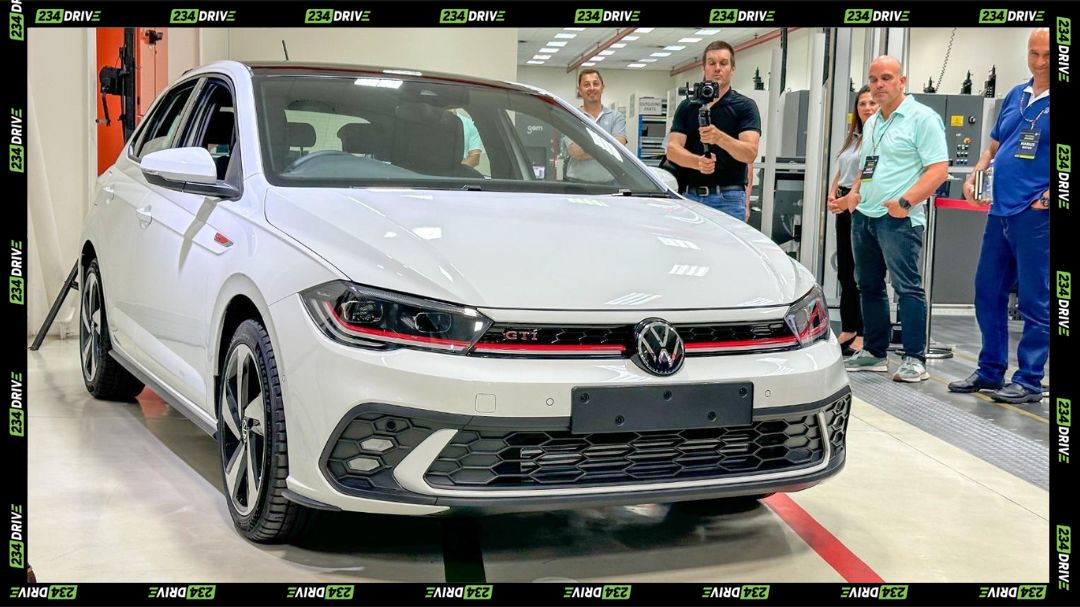
Context and credibility come from throughput and exports. Kariega’s 2024 production record eclipsed the pre‑COVID high, and Polo’s share of Port Elizabeth vehicle exports—88%—speaks to manufacturing consistency and global demand. Sustainability metrics reinforce the operational discipline: since 2010, electricity per vehicle down 57%, water down 73%, waste down 76%, with a 53% cut in CO₂ per unit. Those gains, documented by All Things Motoring International, matter as Volkswagen rebuilds trust post‑Dieselgate.
History still shadows the brand. Dieselgate and the associated controversies reshaped corporate governance, capital allocation and product planning. The pivot to electrification, the sharpening of compliance systems, and the public framing of environmental KPIs are as much reputation repairs as they are business necessities. The Wikipedia dossier remains a useful chronology of fines, leadership changes and remediation, while Volkswagen SA’s corporate pages set today’s messaging around integrity and accountability.
The Ducati integration adds a premium two‑wheel halo, diversifying revenue and showroom traffic without distracting from the core car and commercial portfolio. Local media at Indaba flagged the move as a logical extension of a maturing retail network that can service enthusiast niches alongside mass‑volume products.
The perspective is straightforward. Volkswagen’s Indaba messaging marks the shift from defensive manufacturing to an African product offensive: lock in Polo and Vivo, seed Tayron and Golf updates for 2025 volume, add Transporter/Crafter for commercial breadth, and tool up for a 2027 A0 SUV with genuine localisation. The open question is policy and infrastructure: will South Africa and its neighbours accelerate EV‑friendly incentives and charging rollout fast enough to broaden demand beyond pilots, or will the ICE window remain the primary earnings engine through the decade? The answer will decide whether Kariega’s next record comes from incremental Polo cycles—or from a locally named SUV that graduates from announcement to export‑ready scale.



